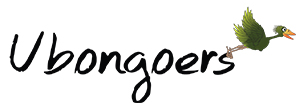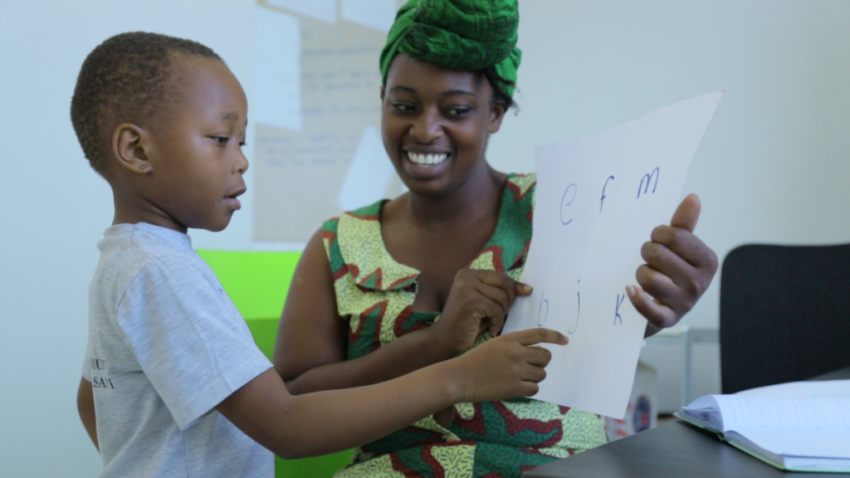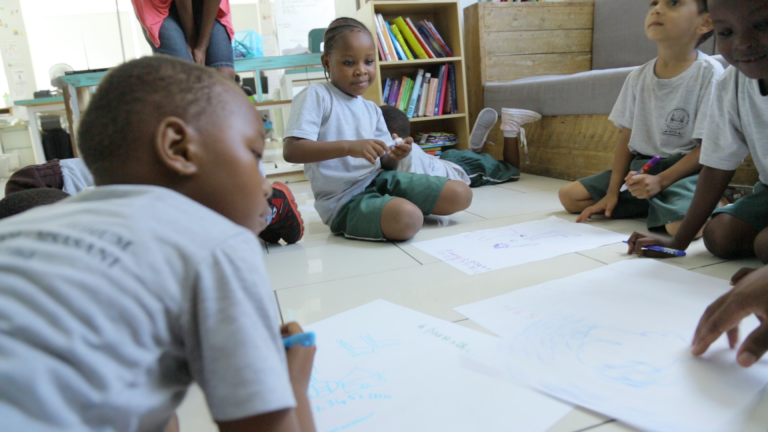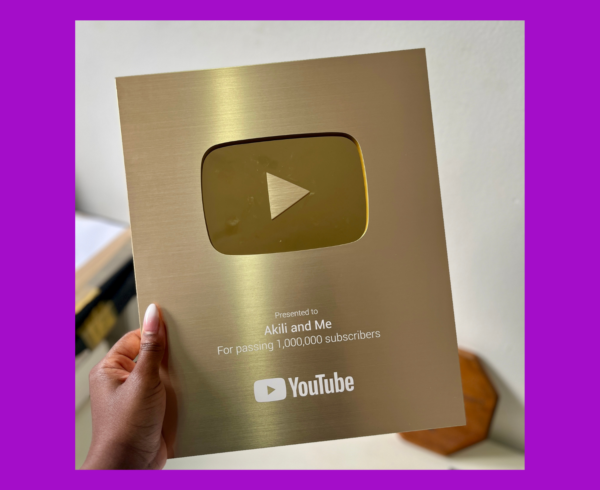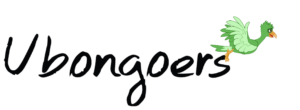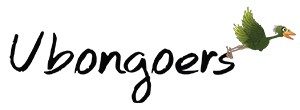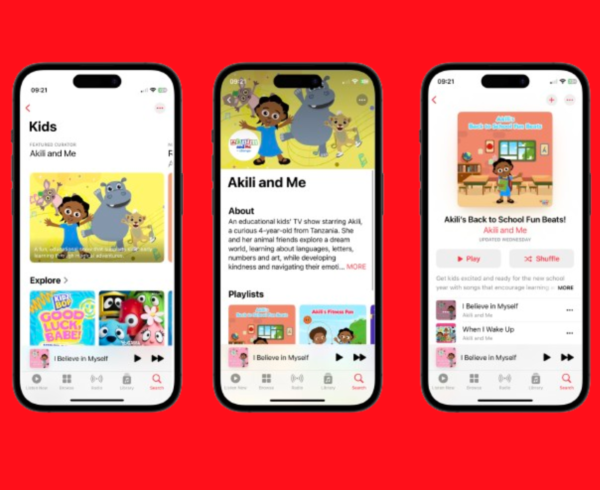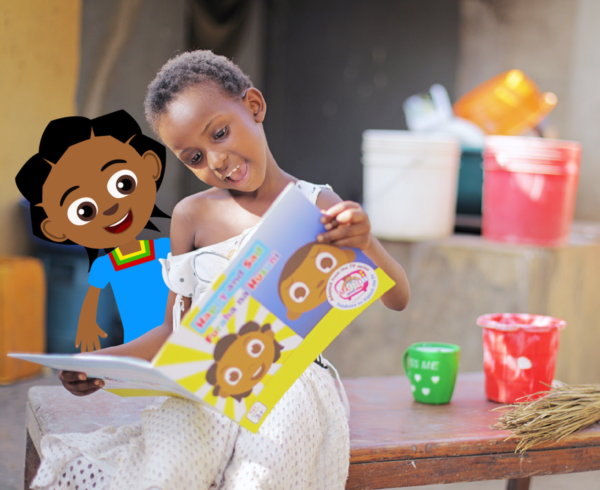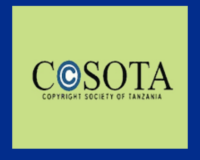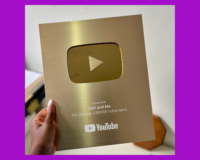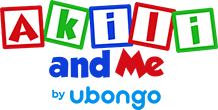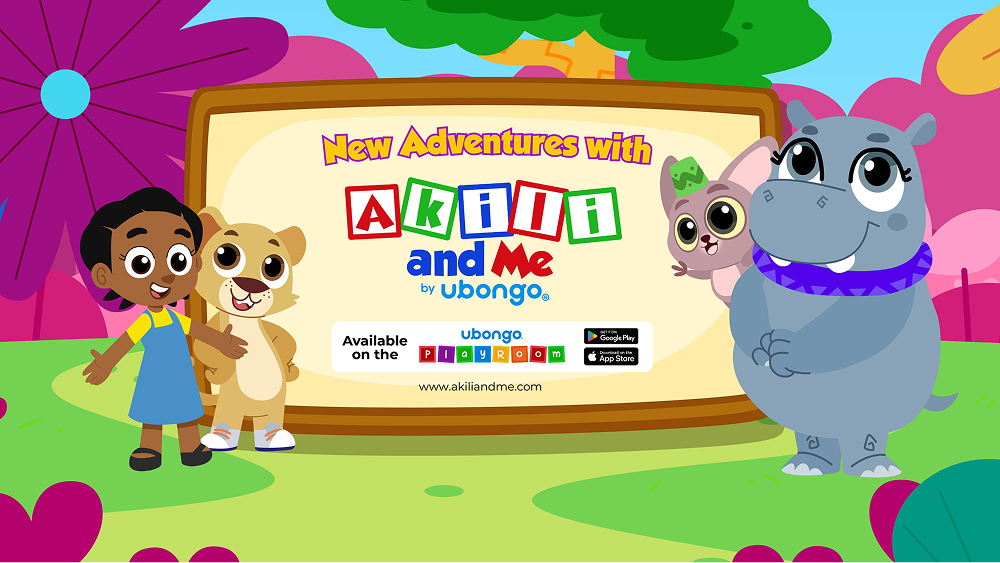‘Akili and Me’ is our cartoon that teaches preschoolers school readiness in English and Swahili.
One of the biggest challenges we face with producing the show is figuring out the best method of effectively communicating concepts to children, before creating new episodes.
Traditionally, the impact of a segment of our show is measured and tested after it’s been fully produced. But we asked ourselves, “What if we could test new media teaching methods more quickly, BEFORE content goes into production.” That’s where rapid prototyping comes in.
What exactly is prototyping?
Prototyping is the process of testing a concept or methodology in order to discover its effectiveness and replicate it at a later stage.
In recent years ultra rapid prototyping has been popularized by tech innovator and thought-leader Tom Chi. According to Chi, “by trying 20 things your chances of success go up from 5% to 64% and by the time you try 50 things, the success rate goes up by 92%.” So basically, test as much as possible quickly, so that you maximise the rate of learning by minimizing the time to try things.
To learn more, check out Tom Chi’s TEDx talk about how rapid prototyping has been used in different contexts, including other social impact ventures.
[wonderplugin_gallery id=”10″]
Rapid prototyping helps us to learn and fail quickly
Ubongo is all about failing quickly in order to succeed in the long term. So far, we’ve found rapid prototyping to be an incredibly beneficial exercise while planning new episodes, as well as, testing new apps, mobile services, and more. We sometimes even prototype partner meetings by acting them out!
So, for Season 2 of Akili and Me, we spent 3 days creating dozens of different prototypes for teaching preschoolers letter identification. The goal was to find the most effective teaching method that could then be used in the creation of new cartoon episodes.
We divided preschool students into groups and taught each set a letter using a different method. They were later asked to demonstrate what they had learnt, and the next day the most effective prototype was used throughout the different groups to verify its effectiveness.
Throughout the workshop we created prototypes of increasingly high fidelity, starting from paper prototypes and live acting dramas (low fidelity), to quickly made videos (mid fidelity), to simple animations (high fidelity).
Here are 5 interesting things we discovered about how preschoolers learn:
1. Letter shape, sound and name may be learned separately:
Recognising the shape of the letter, knowing its sound, and knowing its name are separate things. After some of the prototypes, children were able to correctly point to which letter they had been taught, but they WERE NOT able to point to the letter when it was named. It became clear that we needed to target each of these skills separately, and then synthesize the learning after shape, sound and name had each been learned.
2. Stories help them identify letters:
Stories help kids remember and recognise a letter but they don’t necessarily help them draw the letter. For example; when they had a story about W starting at the top, going down, then coming back up, most kids drew a single line: top, to bottom, to top again.
3. Kids stick to what they know:
Kids tend to place emphasis on what they already know. If they already know the letter “a” but not the other letters, they will often ID all letters as “a”. {One group successfully taught a child to identify “s”. Then tried to teach the child to identify “h”… however, the child continued pointing to “s”}
4. Preschoolers are literal thinkers:
Kids can be very literal. {One group saw that a child could draw a capital D. They asked the child to draw a small letter d. The child drew the capital D, smaller and smaller. When asked to draw a big letter D, he drew it bigger.}
5. Linking to school lessons is essential:
Linking what they’re learning at school seems to be a good starting point, as well as connecting to songs they already know. Kids absorb new information better when it’s within the context of something they already understand.
All in all, rapid prototyping is a great way to quickly test the viability of any idea, whether it’s teaching children or launching a business.
We’ll continue to share our prototypes and learnings with you, and we encourage you to try rapid prototyping out yourselves. Let us know how it goes!
